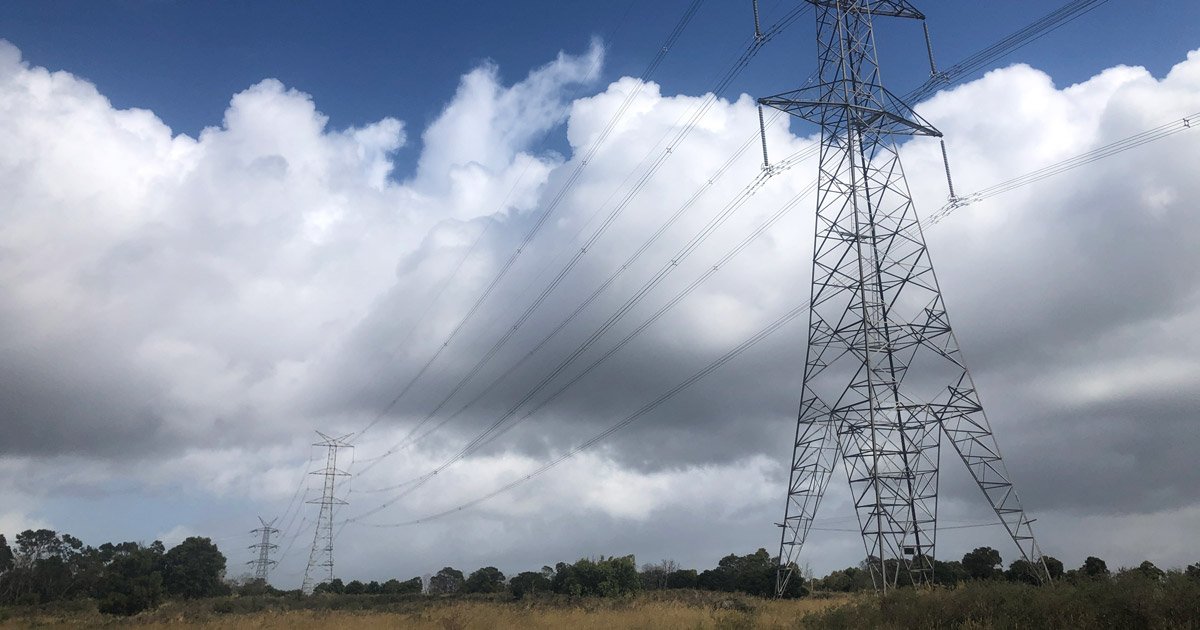Strategic Route Selection

Avoid, mitigate or offset impacts on important environmental, cultural or landscape values
Planning guidelines should be applied as early as possible during the investment test for transmission networks to strategically identify a single preferred route. This will mitigate many of the risks associated with multiple route selection within a region.
Route selection should try to avoid, mitigate or offset impacts on important environmental, social, cultural and landscape values and avoid community conflict by utilising existing easements and rights of way.
Responding to state and local planning policy will help determine if a route is suitable for establishing transmission infrastructure, including the advantages of a route, any inherent constraints and challenges, and the relevant land use planning policies and provisions that apply.
Considerations
- Policy context, zones, overlays and buffers
- Agricultural values including irrigation infrastructure impacts and potential for loss of prime production agricultural land
- Potential for increased noise levels
- Potential health risks
- Impact on property values
- Landscape values and visual amenity
- Heritage and Aboriginal cultural values
- Potential fire ignition risk and fire-fighting constraints
- Environment, biodiversity and native vegetation
- Potential for cumulative infrastructure investment associated with the grid such as additional connecting grids and access to future renewable energy generators
- Other infrastructure requirements
General practice for new high voltage overhead transmission lines is to route in straight lines and turn corners as few times as possible. Where an overhead line changes direction, this results in the need for bulkier deviation towers and a potential view of more towers and more lines. By running in straight lines the overall visual impact of the transmission route is reduced.
Whilst the towers and overhead lines are often the most distinct and memorable part of the transmission route, the quality of the land through which it passes contributes to its distinctiveness, visual impact and overall perception.
The form and layout of development adjacent to the transmission route should aim to diminish the visual impact of the high voltage overhead lines and promote the highest possible environmental quality.
The impact of the transmission route can be dealt with in different ways and this should be considered at the earliest stage of site planning, and undertaken on a site-wide basis rather than when considering more detailed areas at a later stage. Whilst it is important to understand how design ideas might be constrained by the requirements of the transmission route, it is equally helpful to consider how the requirements of the transmission route can provoke new and innovative design and layout ideas.
(UK National Grid - Development near overhead lines - Planning and amenity aspects of high voltage electricity transmission lines and substations)
(UK National Grid - A Sense of Place - Design guidelines for development near high voltage lines: page 26)
In some jurisdictions, planning permits are not required for transmission and other associated infrastructure to connect the wind farm to the grid. This lack of review and oversight can lead to a wide range of community issues related to the design, routing and installation of the transmission line and related assets. The prospect also exists for duplicative assets connecting each wind or solar farm to the grid, with no mandatory requirement to seek consolidation of such assets to minimise community impact and promote a more efficient use of capital.
Transmission lines, substations and other related electrical infrastructure should all be subject to and require an appropriate and detailed planning permit, ideally as part of the overall permit for the project. Careful consideration should be given to the design and routing of the powerline. Proponents should collaborate wherever possible to optimise use of shared transmission facilities. Relevant governance bodies (transmission planning, electrical safety, road safety, local councils etc.) should be properly consulted on the project and exercise their oversight responsibilities accordingly.
(Office of the National Wind Farm Commissioner Annual Report to the Parliament of Australia 2019: 4.1 - page 40)

